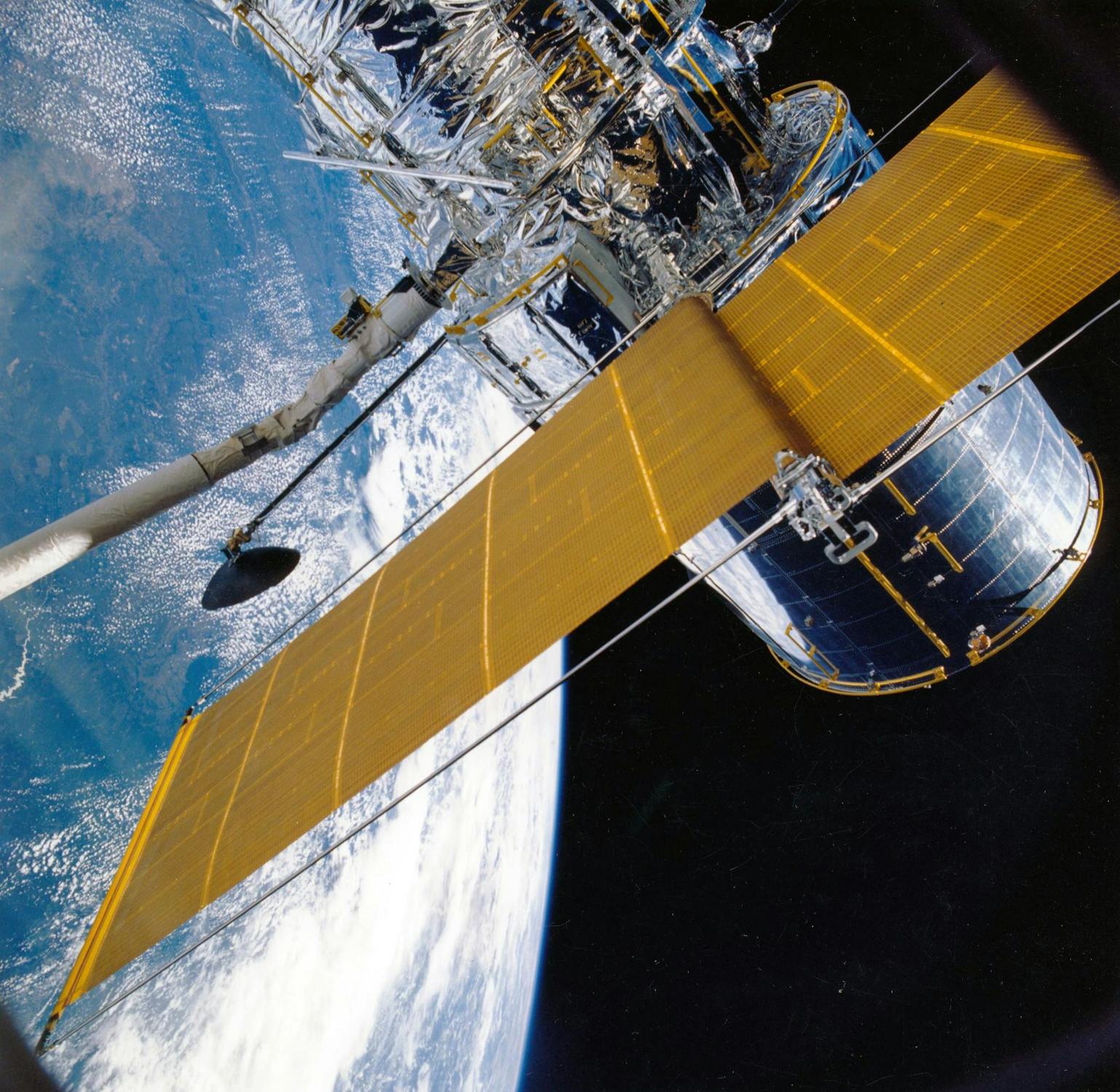Mini-Satellites Send High-Definition Views of Earth
Small Satellite Cameras Bring High-Resolution Images and Videos
Unlike in the past, low-cost mini-satellite cameras are now revolutionizing the way we view life on earth from space. The possible applications for this technology are wide for the benefit of humanity. Read on to find out how these innovations are changing the earth imagery landscape.

With the advancements in low-cost satellite cameras, government agencies, businesses, and farmers have monitoring capabilities that will help them act swiftly. For instance, a farmer can remotely monitor crop health and yield of crops in real-time over vast tracts of land.
And business retail analysts can accurately estimate the footfall of any retail chain by monitoring the number of vehicles parked by customers across a particular region.
These are just a few of the many possibilities conceivable when using mini-satellites for surveillance. On the contrary, it would take several years to completely update global imagery using services like Google Earth.
An Ongoing Quest for Innovation
Space engineers have been diligently looking for ways to lower satellite imaging costs by using off-the-shelf innovations for more than three decades.
At the same time, multiple experiments on the use of these components and other satellite subsystems have been popular at institutions like The University of Surrey and TU Berlin.
In fact, experimental satellite cameras from universities have formed the basis for satellite cameras technology like the TUBSTAT and UoSAT. These systems have realized cost-effective imaging spacecraft packed with outstanding imaging capabilities.
Typically, the cost of orbit satellite cameras has possibly followed a sliding trajectory due to the reliability of COTS components and the decreasing costs of launching satellite cameras.
Today, several universities and innovative companies are leveraging the cost-effective small-satellite spacecraft to launch outstanding satellite cameras systems. However, this is also enabled by the overall increase in computing capabilities that facilitate the implementation of stellar space imaging technology.
As a result, companies like Planet Labs have flown more than 200 small satellite cameras that are based on the popular CubeSat standard.
Monitoring Disasters and Conflict Zones
But this satellite camera’s imaging revolution is not just confined to still images. Other innovative start-ups, like Skybox and Urthecast, are concentrating on HD video, using bigger fridge-freezer-sized satellite cameras that are designed to use powerful telescopes that can capture more details than what is possible with Cubesats.
At a resolution of over 1m per pixel, the powerful onboard telescopes can track cars on the road or groups of people in a gathering.
And since these satellite cameras are flying in Low-Earth Orbit for about 16 times per day, they can relay 90-second white clips, which allow unprecedented levels of analysis of activities on earth.
When you show a person an image of a familiar area, they can gain some understanding of the activities going on at that particular time. But if you can show someone just a few seconds of video, they can intuitively understand more.
The possible applications for deep analysis are staggering – ranging from natural disaster relief to supply-chain monitoring and news coverage in conflict zones. Concerning this possibility, Urthecast now delivers its Ultra-HD video and plans to open up its innovative platform for use by individual consumers who would like to monitor their backyards or property.
Satellite Cameras Come With Strict Regulations
Strict rules and regulations govern satellite cameras and space technology. For example, if a US business wants to launch a satellite camera in space, it must seek authorization from the Federal Communications Commission as well as The International Telecommunications Union.
On the other hand, all surveillance satellite cameras must also meet all the National Oceanic and Atmospheric Administration (NOAA) regulations.
But if the satellite cameras have the capability to see less than 0.3 meters, it is deemed illegal for any other applications apart from defense purposes. And this is because, at this range, such satellite cameras are able to accurately identify maybe cars and definitely homes. The regulations are strict enough to make sure the public’s overall privacy is protected.
Nevertheless, US regulations don’t apply to any satellite cameras launched by other countries. Any country is required to regulate specific satellite cameras to ensure public privacy and safety.
For instance, Canada’s satellite cameras are regulated by the Remote Sensing Space Systems Act. At the same time, The General Data Protection Regulation (GDPR) applies to any imaging and satellite cameras systems that can personally identify EU citizens.
The Technology Opens the Pandora’s Box
There is no doubt about the inherent potential these satellite cameras and systems offer. However, there is a possibility for the misuse of this technology and not for the benefit of humanity but malevolent and self-centered interests, including corporate espionage and rebel insurgency.
According to Thomas Immel –a renowned scientist at the Space Science Laboratory at UC Berkeley, “Some applications may well be harmful or controversial.”
Typically, in the next decade, we could be having an intense argument over the implementation of the satellite camera technology. However, some consequences are easier to forecast, like the influx of more prominent technology firms in the earth observation cameras arena.
For instance, Skybox is now rumored to be in early-stage acquisition talks with tech giants like Google. Google acquired a drone start-up named Titan Aerospace cameras earlier this year, and this was after Facebook purchased a UK-based drone company Ascenta.
But Silicon Valley behemoths are known to have ambitions of their own. Consequently, the new opportunities presented by this satellite camera technology could prove too tempting for the tech giants to resist.

Conclusion
While satellite mini cameras have been used to capture images from space, the technology is becoming more reliable. Today, it is possible to launch small-sized satellite cameras that capture high-resolution imagery.
What’s your take on satellite cameras and their application now that they are becoming mainstream technology? Feel free to share your opinion in the comment section.




